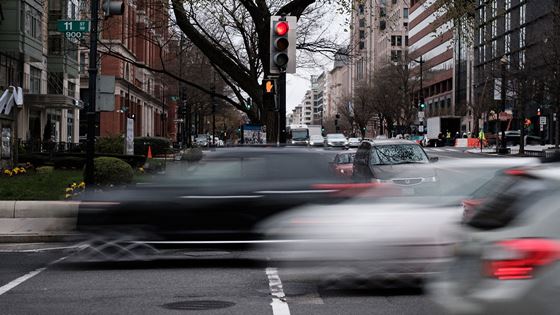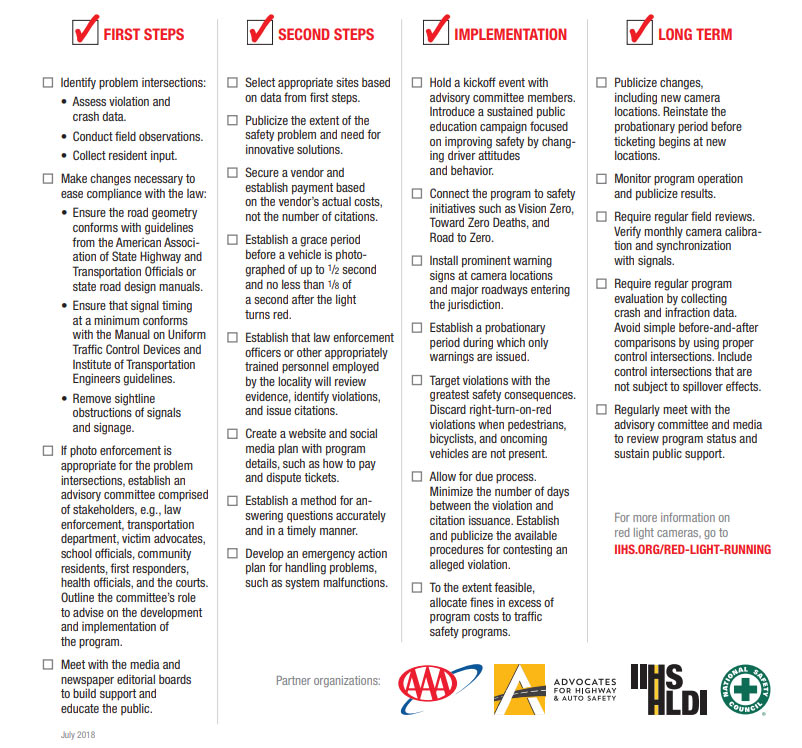Many drivers hate red light cameras, but a number of safety groups have joined forces to increase their adoption rates.
As noticed by The Drive, four groups – including AAA and the Insurance Institute for Highway Safety – have teamed up to encourage cities and towns to use red light cameras. The push comes as a result of five conservative years of increased fatalities caused by drivers who run red lights.
According to data provided by the IIHS, 811 people were killed as a result of red light runners in 2016. That’s an increase of 115 fatalities since 2012 and this represents a climb of 17 percent.
While the number of fatalities is below their recent peak of 1,009 deaths in 2001, the groups believe the figure is still too high. The increase in fatalities also comes at time when the number of red light cameras in America are on the decline.
The IIHS says there are currently 421 communities in the country with red light camera programs, but that’s a decline from the 533 communities which used them in 2012. That is a large decrease and the group says this is a result of community opposition, a reduction in citations and the lack of financial viability allowing for operations to continue.
To help combat this trend, the safety groups have compiled a red light camera checklist for policymakers, law enforcement agencies and transportation officials. The list covers a variety of topics and notes members of the public typically support red light cameras, but that support can “erode when programs are poorly run or perceived to be centered on generating revenue rather than on preventing crashes.”
To prevent this and other issues, the groups say cameras needs to be placed at intersections where red light runners are a problem. Officials also need to ensure that yellow lights are providing enough time to alert drivers and allow them to come to a stop.
Interestingly, the report suggests cities only target “violations with the greatest safety consequences.” This could help to improve acceptance by members of the community as many have probably encountered a situation where they couldn’t stop for a light in time.





